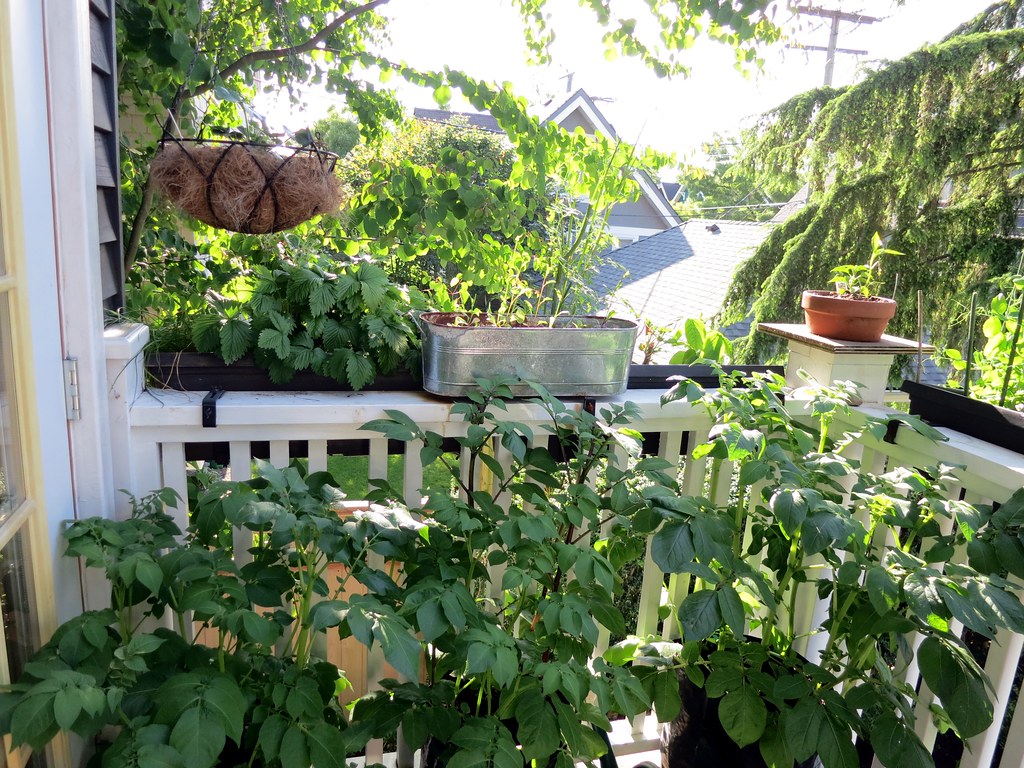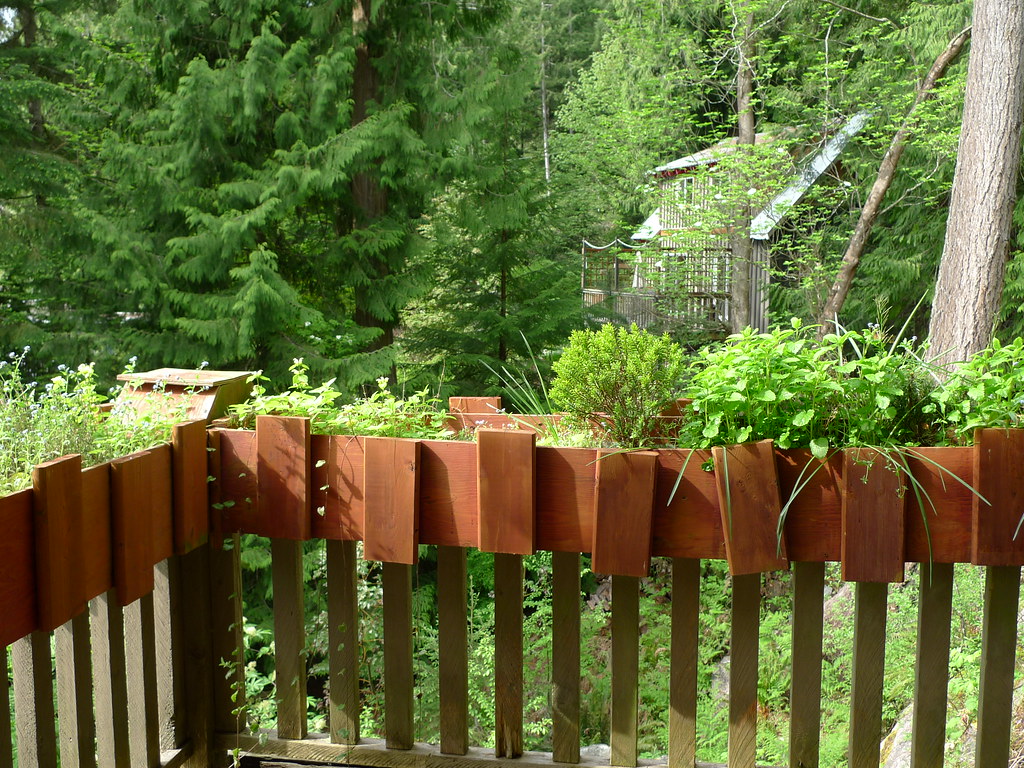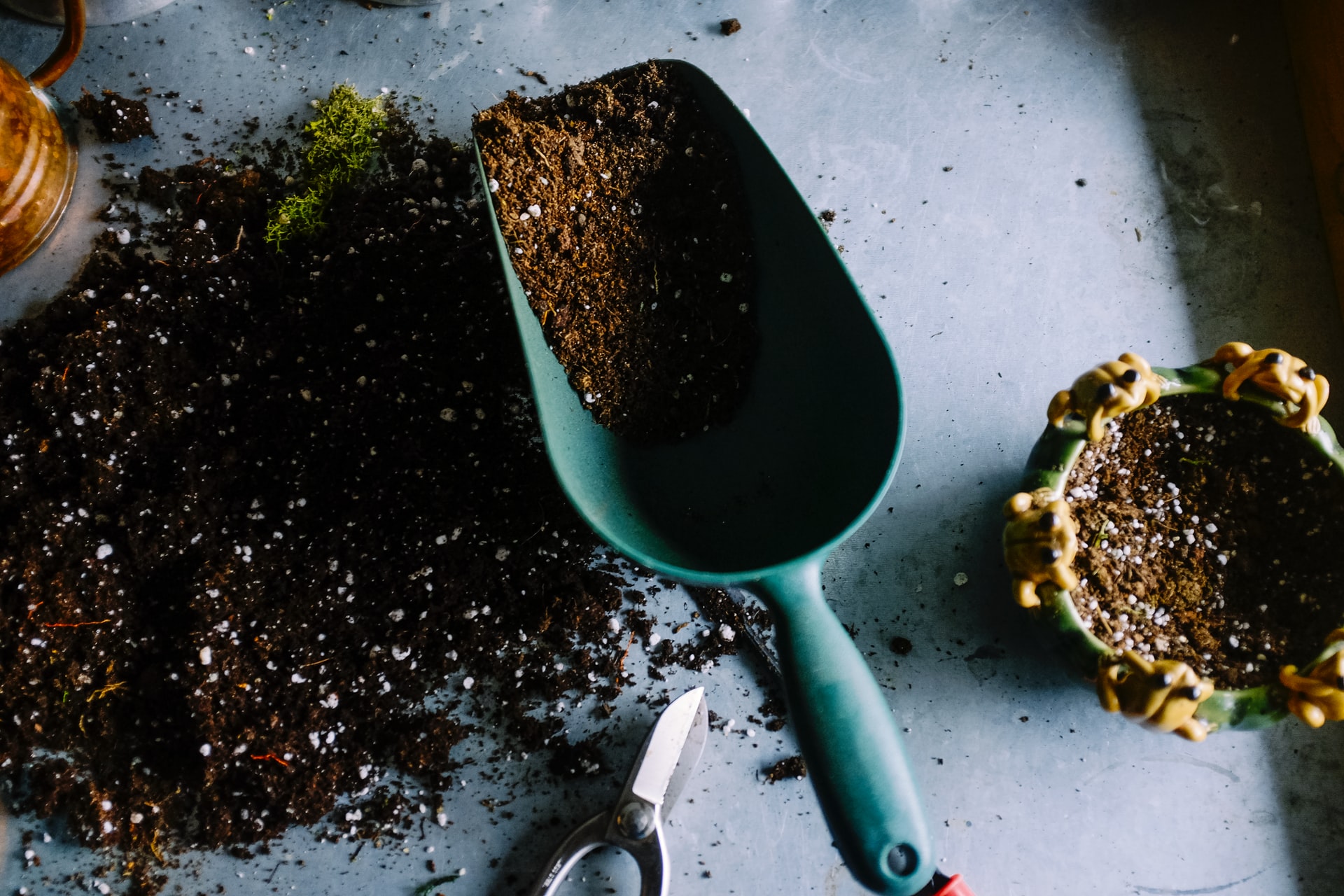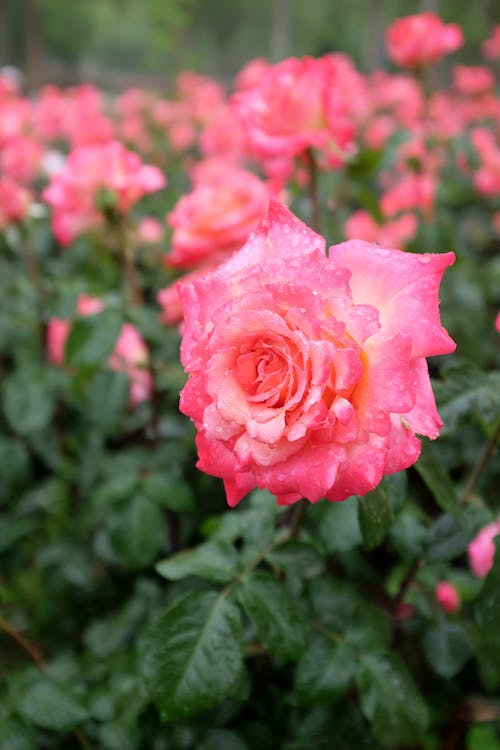Growing herbs in a balcony garden is a fantastic way to bring a touch of nature into your home, even if you’re living in an urban environment. Not only do herbs enhance the flavor of your culinary creations, but they also add greenery and a pleasant aroma to your living space. With a bit of planning and care, you can cultivate a thriving herb garden right on your balcony. Here’s a comprehensive guide to help you get started.
1. Assess Your Space and Light Conditions
Before you begin planting, evaluate the amount of space available on your balcony. Consider the size and layout, as well as any weight restrictions for containers filled with soil and plants. Additionally, observe how much sunlight your balcony receives throughout the day. Most herbs require at least 4-6 hours of direct sunlight, so a south or west-facing balcony is ideal. If your balcony doesn’t get enough natural light, you may need to invest in grow lights.
2. Choose the Right Herbs
Selecting the right herbs for your balcony garden is crucial. Some herbs are more suited to container gardening and varying light conditions than others. Here are some popular choices:
- Basil: Prefers full sun and regular watering. Great for cooking and making pesto.
- Mint: Thrives in partial shade and can be invasive, so it’s best grown in its own container.
- Thyme: Needs full sun and well-draining soil. It’s a hardy herb that’s great for seasoning.
- Rosemary: Requires full sun and well-draining soil. It’s a robust, woody herb.
- Parsley: Can tolerate partial shade and is a versatile culinary herb.
- Cilantro (Coriander): Prefers cooler temperatures and partial shade.

3. Select Appropriate Containers
When choosing containers, consider both aesthetics and functionality. Containers should have drainage holes to prevent waterlogging, which can cause root rot. Here are some container options:
- Clay Pots: Porous and provide good aeration but dry out quickly.
- Plastic Pots: Retain moisture well but may not be as aesthetically pleasing.
- Self-Watering Containers: Great for busy gardeners, these reduce the frequency of watering.
- Hanging Baskets: Perfect for herbs that can trail, like mint or thyme, and save floor space.
4. Use High-Quality Potting Mix
Herbs grown in containers need a high-quality potting mix that offers good drainage and nutrient retention. Avoid using garden soil as it can be too heavy and compact, leading to poor drainage. You can enhance the potting mix by adding perlite or vermiculite to improve aeration and moisture retention.
5. Planting Your Herbs
When planting your herbs, follow these steps:
- Fill the Containers: Fill your chosen containers with potting mix, leaving about an inch from the top.
- Transplanting: Gently remove the herb plants from their nursery pots and place them in the containers. Ensure the root ball is slightly below the rim of the container.
- Watering: Water the plants thoroughly after transplanting to help settle the soil and eliminate air pockets.
6. Watering and Feeding
Proper watering is essential for the health of your herbs. The frequency will depend on the type of herb, the container, and the weather conditions. Here are some general guidelines:
- Basil and Mint: Require regular watering to keep the soil consistently moist.
- Thyme and Rosemary: Prefer slightly drier conditions and can tolerate some drought.
- Parsley and Cilantro: Need moderate watering, ensuring the soil is kept moist but not waterlogged.
Over-watering can be as detrimental as under-watering, so it’s essential to monitor soil moisture levels. Fertilize your herbs every 4-6 weeks with a balanced, water-soluble fertilizer to ensure they receive the necessary nutrients.

7. Pruning and Harvesting
Regular pruning and harvesting encourage bushier growth and prevent herbs from becoming leggy. Here’s how to prune and harvest common herbs:
- Basil: Pinch off the top leaves to encourage branching. Regular harvesting prevents flowering.
- Mint: Trim back regularly to prevent it from becoming too leggy. Harvest leaves as needed.
- Thyme: Trim the stems regularly, especially before the plant flowers.
- Rosemary: Prune the stems to shape the plant and promote new growth. Harvest by cutting sprigs.
- Parsley: Snip outer stems at the base. This encourages new growth from the center.
- Cilantro: Harvest leaves regularly to delay bolting (flowering).
8. Managing Pests and Diseases
Herbs grown on balconies are generally less susceptible to pests and diseases, but it’s still important to keep an eye out for any issues. Common pests include aphids, spider mites, and whiteflies. You can manage these pests with natural remedies such as neem oil, insecticidal soap, or by introducing beneficial insects like ladybugs.
Diseases like powdery mildew or root rot can occur if plants are overwatered or overcrowded. Ensure good air circulation and avoid wetting the leaves when watering to prevent fungal issues.
9. Winter Care
If you live in a region with cold winters, you’ll need to take extra care of your herbs during the colder months. Some herbs like rosemary and thyme are hardy and can survive mild winters, but others like basil will need protection or need to be brought indoors. Consider using frost covers or moving containers to a sheltered location.
Growing herbs in a balcony garden is a rewarding and manageable way to bring nature into your home and enhance your culinary creations. By assessing your space, choosing the right herbs, using appropriate containers and potting mix, and following proper planting, watering, and maintenance practices, you can enjoy a thriving herb garden right outside your door. Happy gardening!



